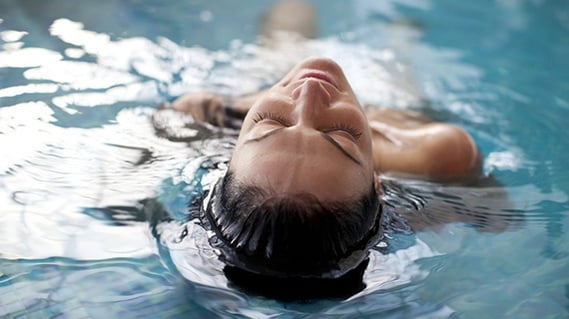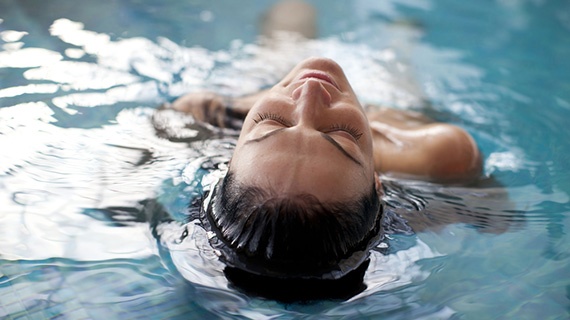
When it comes to legionella in the news, it’s not uncommon to hear horror stories about British tourists who contract Legionnaires’ disease while abroad: a dream holiday turns into a near-fatal experience thanks to serious health and safety failings at a hotel, spa or even cruise ship.
But is this coincidence, or is the legionella risk really higher in the hospitality industry than elsewhere?
It’s a difficult question to answer conclusively. While many Legionnaires’ disease cases are associated with travel and tourism (42% of all infections are contracted abroad, according to Public Health England), there are other factors besides accommodation at play. For one, legionella thrives in warmer climates, and most tourists travel in the summer; additionally, not all countries are as thorough in their legionella control legislation as the UK.
That said, hotels and spas do present some of the biggest known risk factors for legionella. Furthermore, many Legionnaires’ disease cases can be traced back to specific hotels – including, for example, the 1976 outbreak at an American Legion convention after which the disease is named. As such, it’d be remiss for hospitality professionals to underestimate the importance of effective legionella control measures in their industry.
Some of the key risk factors include the following:
High-risk water features
It’s a pretty safe bet that most hotels and spas will offer facilities like showers and spa pools, which present a high level of risk when it comes to legionella. Their temperatures tend to fall within the 20° to 45° C range at which the bacteria thrives, and most spa pool environments are humid enough for guests to breathe in droplets of contaminated water easily.
Unless effective legionella control measures are taken, it’s a perfect storm for a Legionnaires’ disease outbreak.
Seasonality
Seasonality in the hospitality industry is another key risk factor for legionella. If pipes and water tanks sit disused for long periods of time, the water may stagnate and the bacteria proliferate. Furthermore, even without significant seasonal fluctuations, some hotel rooms and facilities will be used more intermittently than others; once again, this provides legionella with the ideal conditions to develop and spread.
High turnover of guests
While it’s widely understand that Legionnaires’ disease can only be transmitted through contact with contaminated water and not from person to person, the high turnover of guests in a hotel or spa can still result in multiple people being exposed to legionella at the same source.
This is particularly a concern given the long incubation period for the disease, which may mean the origin and scale of an outbreak only become apparent long after the worst of the damage is done.
Is your business at risk?
In conclusion, then, there are plenty of reasons that hospitality professionals should take pains to prevent and control legionella on their premises. Like all large buildings with complex pipework, hotels and spas are at higher risk of the bacteria than most other facilities – and an outbreak of Legionnaires’ disease could have terrible consequences for their reputation, as well as leave them open to large compensation claims for personal injury.
To learn more about the legionella risks that are specific to hotels, download our free guide.








